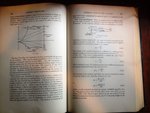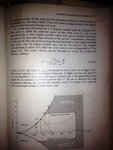GregP
Major
Critical Mach does NOT cause airplanes to break. All that happen at critical Mach number is you get local supersonic flow and shock waves form that can and do blanket control durfaces, making control impossible until things slow down a bit.
Flutter will cause breakage in any aircraft.
Dynamic pressure would be a tough sell to me, especially in a fighter plane designed for typical fighter strength. If it's out of control due to shock waves, there will be little in the way of pitch control moments ... that's why if dives relatively straight.
Flutter will cause breakage in any aircraft.
Dynamic pressure would be a tough sell to me, especially in a fighter plane designed for typical fighter strength. If it's out of control due to shock waves, there will be little in the way of pitch control moments ... that's why if dives relatively straight.
Last edited:




